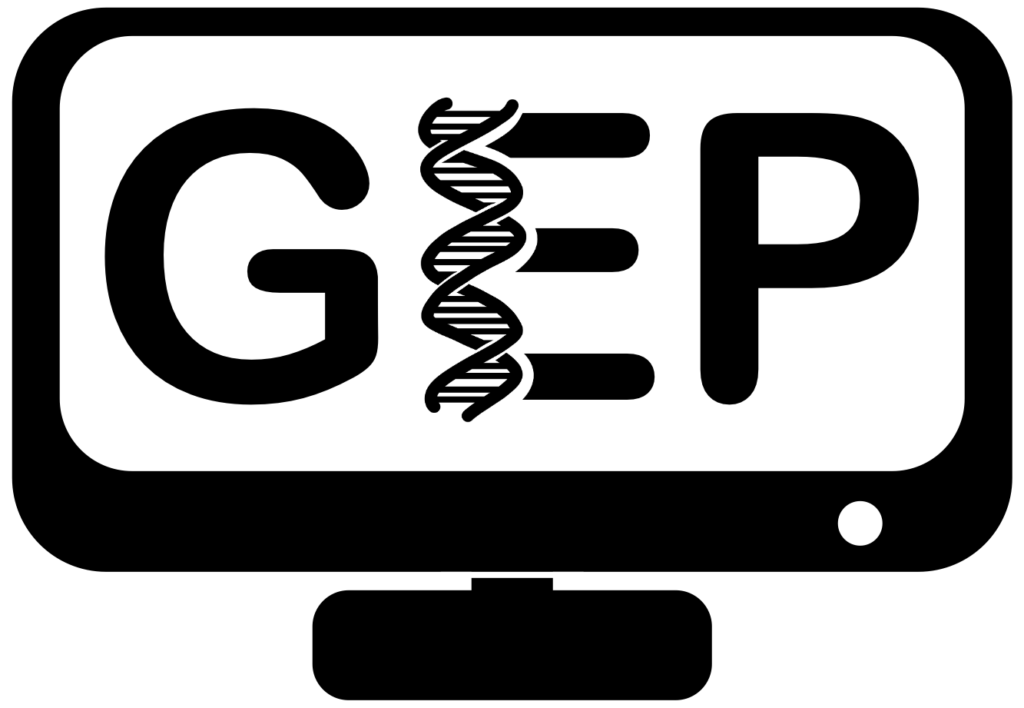Overview of Multiple Sequence Alignment Algorithms
Developed by Yu He (TA for Bio 4342), this PowerPoint presentation provides a basic overview of the common algorithms used to generate multiple sequence alignments. The presentation also illustrates how one could use Clustal Omega to generate a multiple sequence alignment for a set of orthologous proteins in order to identify conserved domains within the protein.
